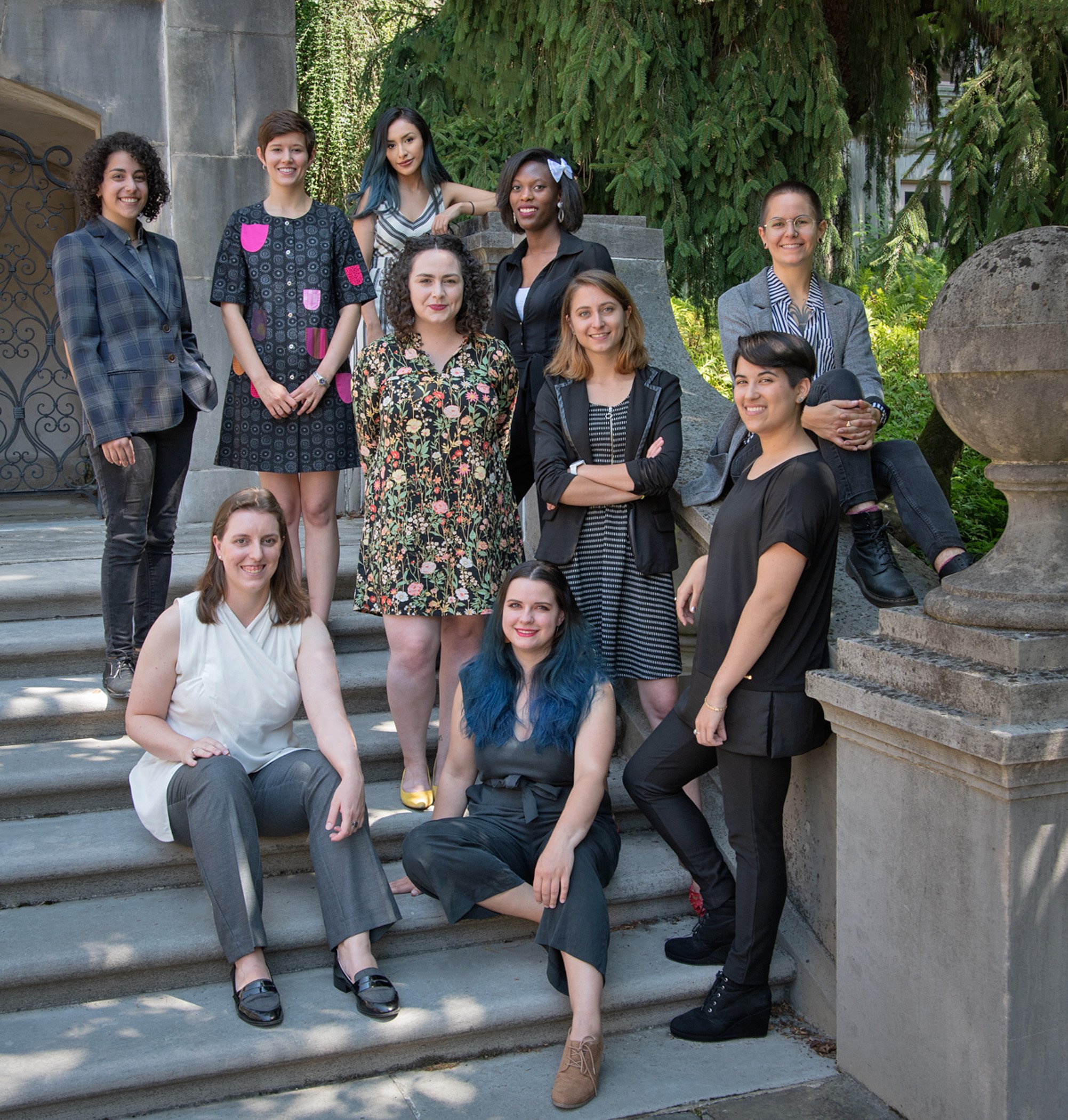Training
I graduated with a Master’s of Science in Art Conservation from the Winterthur/University of Delaware Program in Art Conservation (WUDPAC) in August of 2022.
It is fairly standard for conservators in the United States to have a Master’s Degree, which is considered a terminal degree or the highest degree standardly awarded for the profession. The road to a career in art conservation can be different for many; to learn more about my journey, you can read this interview with the Emerging Conservation Professionals Network.
In order to apply for most art conservation graduate programs in the United States, one should have experience in art history, studio art, and chemistry. One might also complete what is considered “pre-program” internships. To learn more about how to become a conservator, click here.
My pre-program experience helped me connect to professionals in the field, as well as try my hand at a few different specialties within conservation, before settling on textile conservation. I strongly believe that my pre-program experience helped me identify my love for modern art and materials, especially synthetics and plastic. I also believe that the individual roads we take within the cultural heritage field are important and we should try to have as much fun as possible.
Photo credit: Jim Schneck

